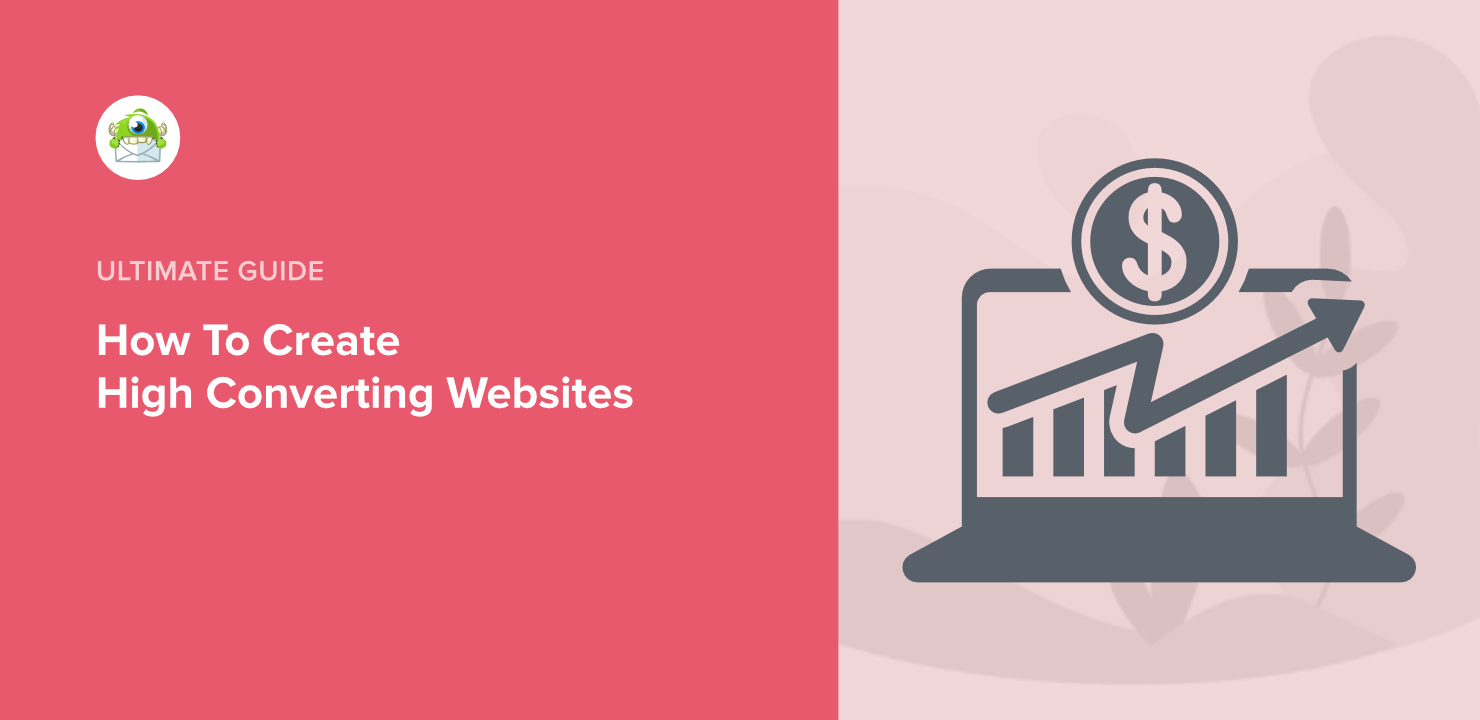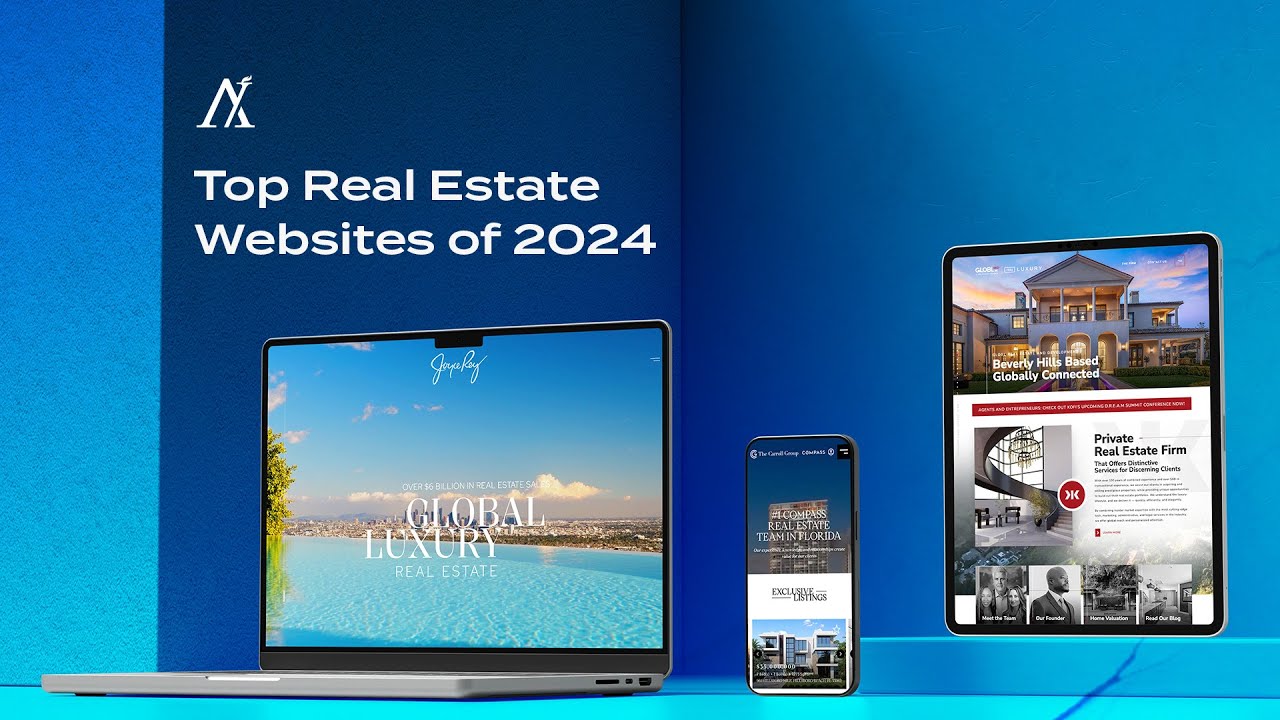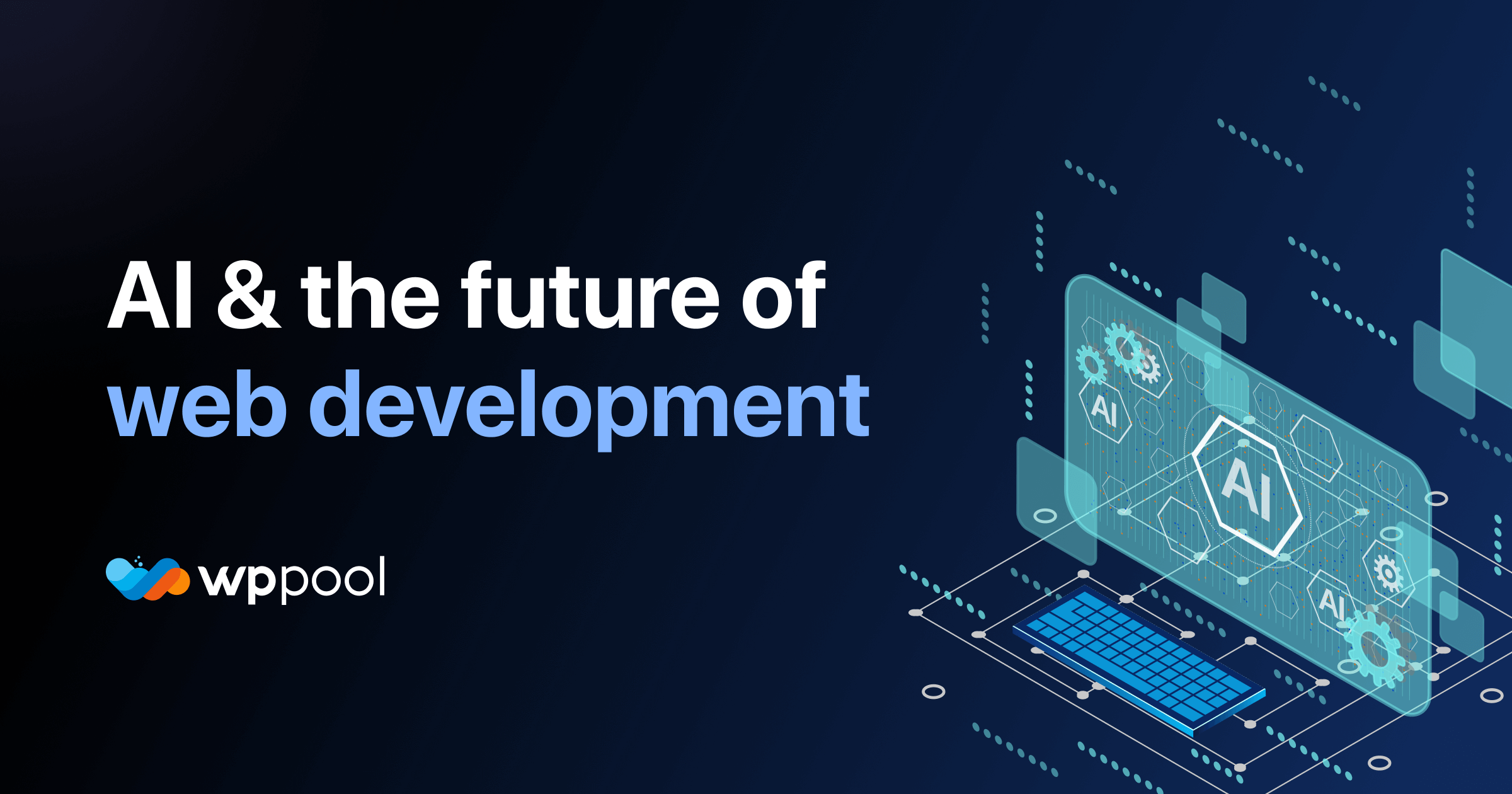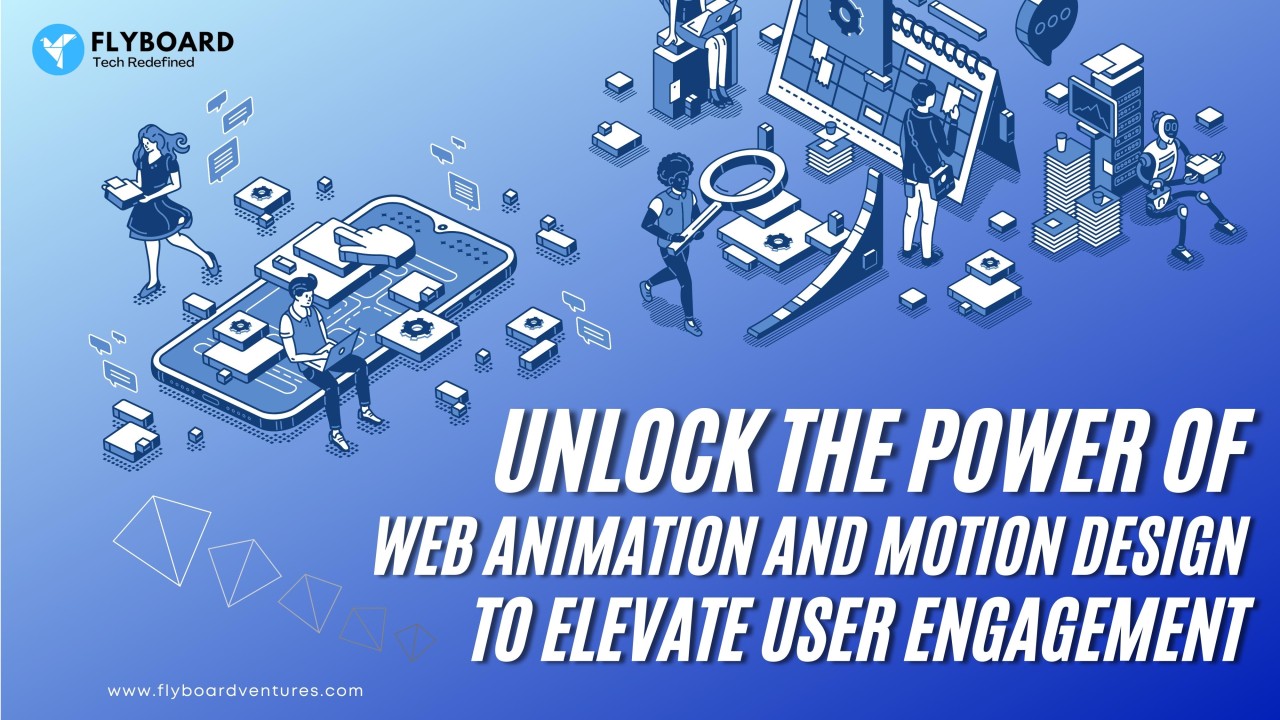How to Build a High-Converting Website on a Tight Budget
Creating a website that actually converts visitors into customers doesn’t have to drain your wallet. Whether you’re a small business owner, freelancer, or startup founder, you can design a beautiful, high-performing site without spending thousands of dollars.
In this guide, you’ll learn how to build a high-converting website on a tight budget, step-by-step — from planning and design to tools, copy, and optimization. We’ll also answer common FAQs to help you save money while boosting results.
Why Conversion-Focused Design Matters (Even on a Budget)
Your website is your digital storefront. But a pretty design alone won’t pay the bills — you need a site that converts visitors into action.
That action could be:
-
Purchasing a product
-
Booking a consultation
-
Signing up for a newsletter
-
Requesting a quote
A high-converting website uses clear messaging, strategic layouts, and trust-building elements to turn casual browsers into loyal customers. The good news? You can achieve all this on a limited budget with the right approach.
Step-by-Step: How to Build a High-Converting Website on a Tight Budget
Step 1: Define Your Goal and Audience
Before you design anything, get crystal clear on two things:
-
Who your audience is
-
What you want them to do
Ask yourself:
-
What problem does my website solve?
-
What action do I want visitors to take?
-
What kind of people am I trying to reach?
When you understand your audience’s pain points and motivations, you can create a design and message that speaks directly to them — increasing conversions without fancy (and expensive) features.
💡 Pro Tip: Use free tools like Google Trends or AnswerThePublic to research what your audience is searching for.
Step 2: Choose the Right Platform for Your Budget
Your website platform (or CMS) determines how easy it is to build, customize, and maintain your site. Some great budget-friendly options include:
| Platform | Best For | Cost Range |
|---|---|---|
| WordPress.org | Flexibility and SEO | Hosting + domain (~$50–$100/yr) |
| Wix | Drag-and-drop design | $16–$32/month |
| Squarespace | Visual brands & portfolios | $16–$23/month |
| Shopify | Online stores | $29/month |
| Carrd | One-page landing sites | $9–$19/year |
If you’re on a very tight budget, start with WordPress.org and a low-cost hosting provider like Namecheap, Hostinger, or Bluehost. Many offer free SSL, one-click installs, and beginner-friendly tools.
💡 Pro Tip: Choose a responsive theme (mobile-friendly) from trusted sources like Astra, GeneratePress, or Kadence — many have excellent free versions.
Step 3: Focus on Simple, Conversion-Driven Design
You don’t need flashy animations or complex layouts to convert visitors. In fact, simplicity often performs better. Here’s what to prioritize:
✅ Keep It Clean and Fast
Clutter distracts users. Stick to plenty of white space, consistent fonts, and a limited color palette.
Use tools like TinyPNG or Compressor.io to optimize images and speed up loading times.
✅ Make CTAs (Calls-to-Action) Clear
Every page should have a single, focused goal — whether it’s “Buy Now,” “Get a Free Quote,” or “Join the List.”
Use buttons in contrasting colors and place them strategically: at the top, middle, and bottom of your page.
✅ Use Visual Hierarchy
Guide visitors’ eyes using bold headlines, subheadings, and images. Your most important message (value proposition) should be visible above the fold — the area users see before scrolling.
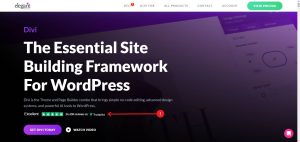
💡 Pro Tip: Free design tools like Canva, Figma, or Coolors help you create professional visuals and choose color palettes without hiring a designer.
Step 4: Write Copy That Converts
Good copy is one of the most powerful conversion tools — and it’s free if you write it yourself.
Follow this formula for conversion-focused website copy:
-
Headline: Clearly state the main benefit or solution.
Example: “Get a Professional Website Without Breaking the Bank.” -
Subheadline: Expand on what makes you unique.
-
Body Text: Speak directly to your audience’s pain points and how you solve them.
-
Social Proof: Add testimonials, logos, or statistics.
-
CTA: End every section with a clear call to action.
💡 Pro Tip: Use free writing assistants like Grammarly or Hemingway App to polish your copy.
Step 5: Use Budget-Friendly Conversion Tools
You don’t need expensive software to boost conversions. Try these affordable or free options:
| Purpose | Tool | Cost |
|---|---|---|
| Email marketing | MailerLite / ConvertKit | Free up to 1,000 subs |
| Analytics | Google Analytics / Microsoft Clarity | Free |
| Pop-ups & forms | ConvertBox / Poptin | Free tiers available |
| Chat widgets | Tawk.to | Free |
| A/B testing | Google Optimize (or SplitSignal) | Free / low-cost |
Use these tools to collect emails, test headlines, and understand user behavior — all critical for improving conversions over time.
Step 6: Build Trust and Credibility
People won’t buy or sign up unless they trust you.
To build credibility quickly, include:
-
Testimonials and reviews
-
Trust badges (SSL secure, verified payments, etc.)
-
Clear contact info (even just an email or form)
-
About page with a personal story
-
Privacy policy and terms (you can find free generators online)
💡 Pro Tip: A friendly photo of you or your team can dramatically increase trust and conversion rates.
Step 7: Optimize for SEO (Without Overdoing It)
Search Engine Optimization helps you attract organic traffic — for free. You don’t need to be an SEO pro; just follow these basics:
-
Do keyword research: Use free tools like Ubersuggest or Google Keyword Planner to find relevant phrases like “affordable website design” or “DIY business website.”
-
Include keywords naturally: Use your main keyword (“how to build a high-converting website on a tight budget”) in your title, headings, and meta description — but avoid stuffing it.
-
Use internal links: Link to other relevant pages or blog posts on your site.
-
Add meta titles and descriptions: These help search engines understand your content.
-
Optimize images: Use descriptive filenames (e.g., high-converting-website.jpg) and alt text.
💡 Pro Tip: Install the free Rank Math or Yoast SEO plugin if you’re using WordPress — they guide you step-by-step through SEO basics.
Step 8: Test, Improve, and Repeat
A high-converting website is never “done.”
Once your site is live, review analytics regularly to see:
-
Which pages attract the most visitors
-
Where users drop off
-
Which CTAs get the most clicks
Then, tweak headlines, colors, or button placements one at a time. Even small changes can make a big difference.
💡 Pro Tip: Use Microsoft Clarity to watch how users interact with your site via heatmaps and recordings — it’s 100% free.
Common Mistakes to Avoid
Even the best DIY websites can miss key details. Watch out for these budget-busting pitfalls:
-
Overcomplicating design: Too many fonts, colors, or animations slow your site and confuse visitors.
-
Skipping mobile optimization: Over half of web traffic is mobile. Always test your site on phones.
-
Ignoring page speed: Slow pages hurt conversions and SEO. Use PageSpeed Insights to check your score.
-
No clear CTA: Every page should guide users toward one action.
-
Not tracking results: If you can’t measure it, you can’t improve it.
FAQs About Building a High-Converting Website on a Tight Budget
1. How much does it really cost to build a high-converting website?
You can launch a professional, conversion-ready website for as little as $100–$300, depending on hosting, themes, and optional tools. The key is smart spending — focus on essentials like a domain, hosting, and design that converts.
2. Can I design it myself, or do I need a professional?
Yes, you can absolutely DIY your website, especially using drag-and-drop builders like WordPress or Wix. If your time is limited, you might hire a freelancer for one-time setup help — often far cheaper than a full agency build.
3. What makes a website “high-converting”?
A high-converting website has:
-
Clear value proposition
-
Strong CTAs
-
Fast loading speed
-
Trust elements (testimonials, SSL, etc.)
-
Focused, benefit-driven copy
4. How long does it take to build?
Most small business websites can be built in 2–4 weeks, depending on content readiness and design complexity. Using templates and pre-made themes speeds things up.
5. Do I need to pay for SEO or ads?
You can start with free SEO basics (like keyword optimization and internal links). Once you see some traffic, consider low-budget ads or retargeting campaigns to amplify results.
Final Thoughts: Big Results Don’t Require a Big Budget
Building a high-converting website doesn’t have to cost a fortune.
By focusing on clarity, simplicity, and user experience — not expensive tools or flashy effects — you can create a site that earns trust, drives action, and grows your business.
Start small, measure results, and keep improving. Every tweak brings you closer to a high-performing website that works as hard as you do — all while staying within your budget.

